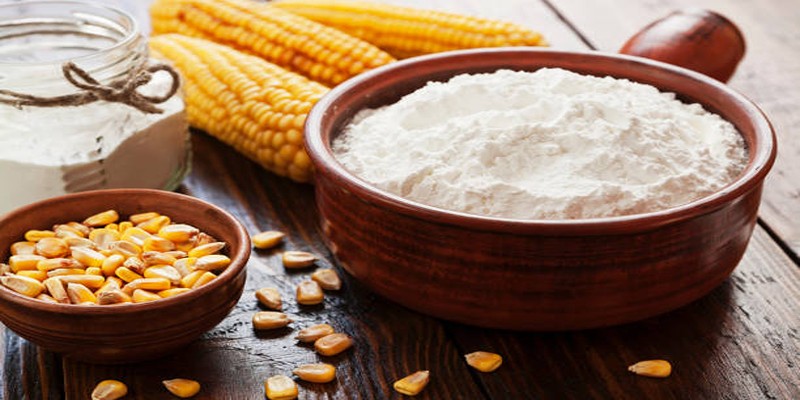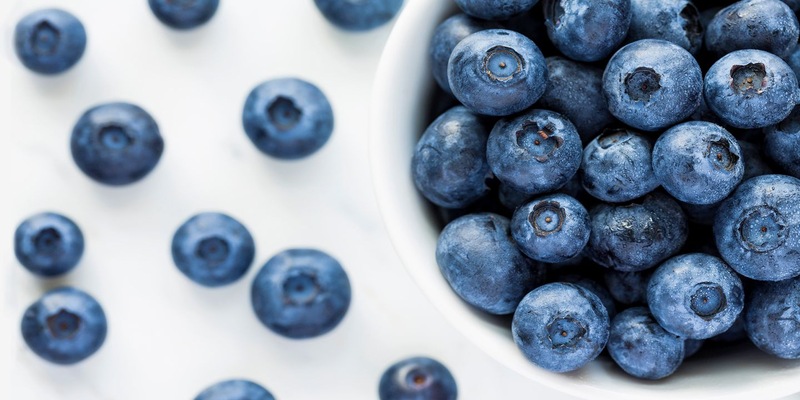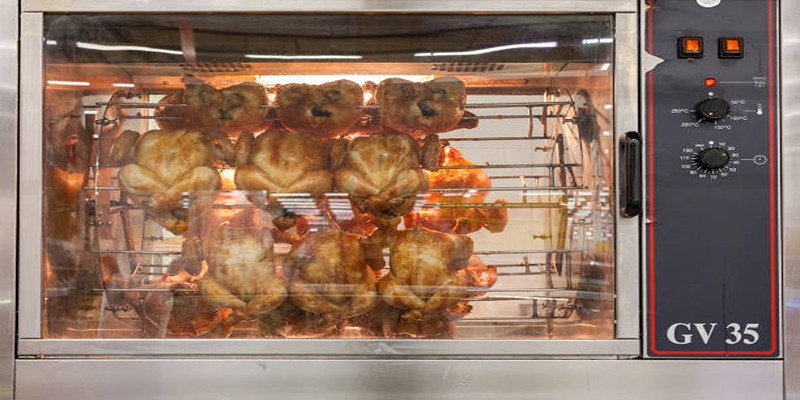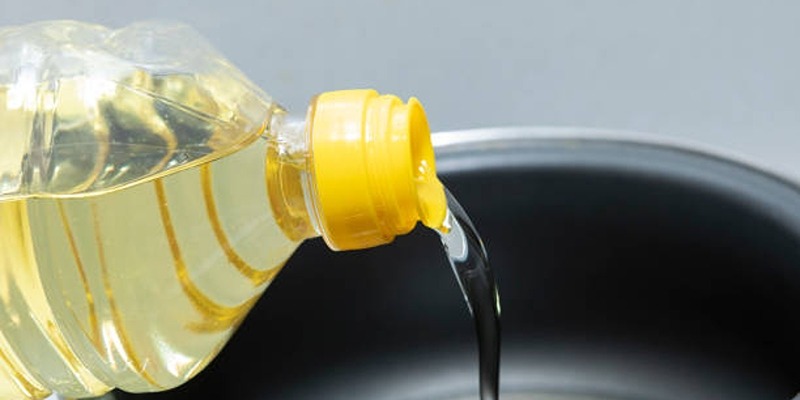When it comes to choosing the right cooking appliance for your kitchen, the decision between a regular oven and a roaster can be quite perplexing. Both appliances have their unique advantages and are tailored to suit different culinary needs, making it essential to understand their distinct features and benefits. A regular oven is a versatile tool, ideal for baking, roasting, and broiling, with an array of settings to achieve precise cooking results. On the other hand, a roaster, often portable and compact, excels in efficient heat distribution and moisture retention, making it perfect for roasting meats and large meals. This introduction aims to delve deeper into the comparisons between these two appliances to help you make an informed decision that caters to your specific cooking requirements.
Understanding Regular Ovens
Regular ovens, also known as traditional ovens, are the most common cooking appliances found in households. These ovens come in various sizes and styles, including gas or electric models, built-in or freestanding options. They typically feature heating elements on the top and bottom of the oven, allowing for even heat distribution and precise heating control.
Common uses of regular ovens

Regular ovens are versatile and can be used for a wide range of cooking tasks, such as:
- Baking cakes, cookies, and pastries
- Roasting meats and vegetables
- Broiling fish and meats
- Cooking casseroles and one-pot meals
- Grilling with the use of an oven-safe grill pan
With multiple settings, including bake, broil, convection bake, and convection roast, regular ovens provide flexibility for different cooking methods. The ability to adjust temperature and cooking time also allows for delicious results without overcooking or undercooking food.
Types of regular ovens
There are two main types of regular ovens: gas and electric. Gas ovens use a flame from a natural gas or propane source to heat the oven, while electric ovens use heating elements powered by electricity. Both types have their advantages, with gas ovens providing more precise and immediate heat control, and electric ovens being more energy-efficient.
Pros of Regular Ovens
- Versatile: Regular ovens can be used for various cooking methods.
- Even heat distribution: With heating elements on the top and bottom of the oven, regular ovens ensure even heat distribution for consistent results.
- Multiple settings: The ability to choose from different settings allows for different cooking techniques and ensures precise cooking results.
Cons of Regular Ovens
- Long preheating time: It can take some time for a regular oven to reach the desired temperature, especially in comparison to roasters.
- Can dry out food: Without proper monitoring, regular ovens can cause food to lose moisture and become dry.
- Limited space: Regular ovens can have limited space, making it challenging to cook large meals or multiple dishes at once.
Understanding Roasters
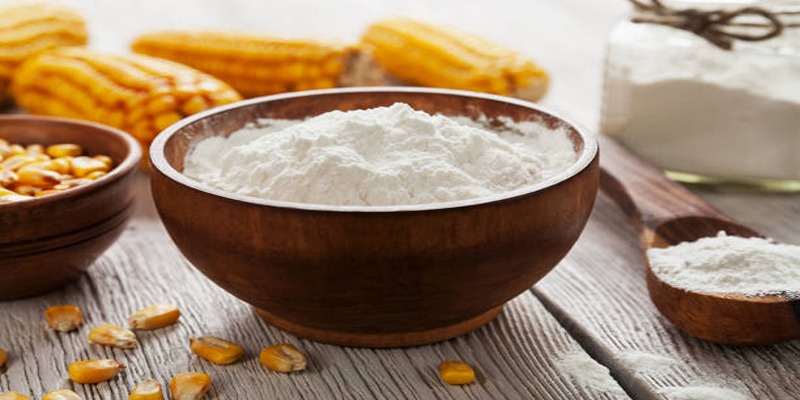
Roasters are compact cooking appliances that are designed to roast meats and large meals efficiently. These appliances work by surrounding the food with heat, allowing for even cooking and moisture retention. They typically feature a lid to trap heat and steam, creating a moist environment for roasting.
Common uses of roasters
Roasters are primarily used for roasting meats, such as chicken, turkey, or beef. However, they can also be used for various other cooking tasks, such as:
- Cooking soups, stews, and casseroles
- Baking bread and desserts
- Slow cooking meats for tender results
Types of roasters
Roasters come in two main types: electric and countertop. Electric roasters are stand-alone appliances that can be placed on a countertop or table, while countertop roasters are designed to fit inside a regular oven.
Pros of Roasters
- Efficient heat distribution: Roasters ensure even heat distribution for consistent cooking results.
- Moisture retention: With the use of steam from the lid, roasters help to retain moisture in food for tender and juicy results.
- Compact: Roasters are smaller than regular ovens, making them ideal for those with limited kitchen space.
Cons of Roasters
- Limited cooking methods: Roasters are primarily designed for roasting and may not have as many settings or features as regular ovens.
- Not suitable for every dish: Some dishes may not be suitable for roasting and would require a regular oven for proper cooking.
- May not fit larger meals: Due to their compact size, roasters may not be able to accommodate larger meals or multiple dishes at once.
Comparing Performance
When it comes to performance, both regular ovens and roasters have their strengths. Regular ovens excel in versatility and precision, while roasters shine in efficient heat distribution and moisture retention.
Baking
Regular ovens are often the preferred choice for baking due to their precise temperature control and even heat distribution. This allows for perfect results when making delicate desserts such as cakes and pastries. However, roasters can also be used for baking certain dishes, such as bread or casseroles.
Roasting
As the name suggests, roasters are specifically designed for roasting meats. With their ability to retain moisture and evenly distribute heat, roasters are perfect for achieving tender, juicy results. Regular ovens can also be used for roasting but may require more monitoring to avoid drying out the food.
Broiling
Broiling is a cooking method that involves using high heat from above to cook food quickly. Regular ovens have a dedicated broil setting, making them the go-to appliance for broiling fish and meats. Roasters do not typically have this feature, so they may not be suitable for broiling.
Conclusion
Both regular ovens and roasters have their unique features and benefits. Regular ovens are versatile and ideal for various cooking methods, while roasters excel in roasting meats. Ultimately, the choice between these two appliances will depend on personal preference and the type of dishes being prepared. Some may prefer the precision and flexibility of a regular oven, while others may appreciate the compact size and efficient performance of a roaster. Whichever appliance is chosen, both can help create delicious meals in any kitchen. So, it's important to understand their uses, pros and cons before making a decision on which one to use for your cooking needs.
